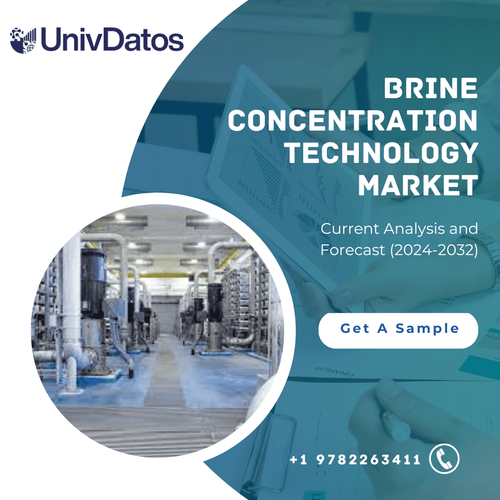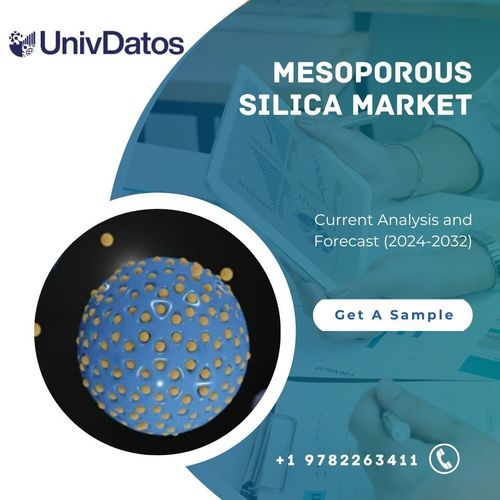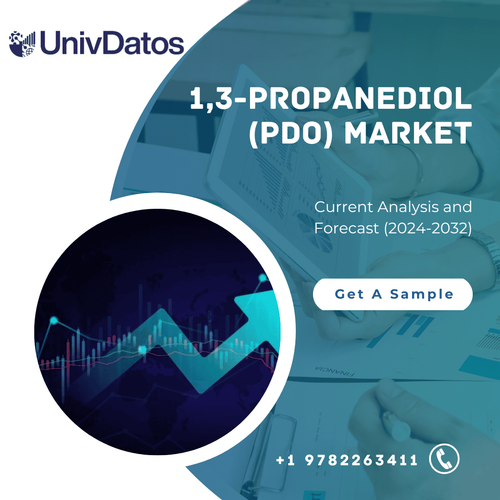Antimicrobial Plastics Market: Current Analysis and Forecast (2021-2027)
Emphasis by Additive (Inorganic and Organic); Type (High-Performance Plastic, Engineering Plastic, Commodity Plastic, and Others); End-User (Packaging, Healthcare, Consumer Goods, Electrical and Electronics, Automotive, Building and Construction, Food and Beverage, and Others); and Region and Country
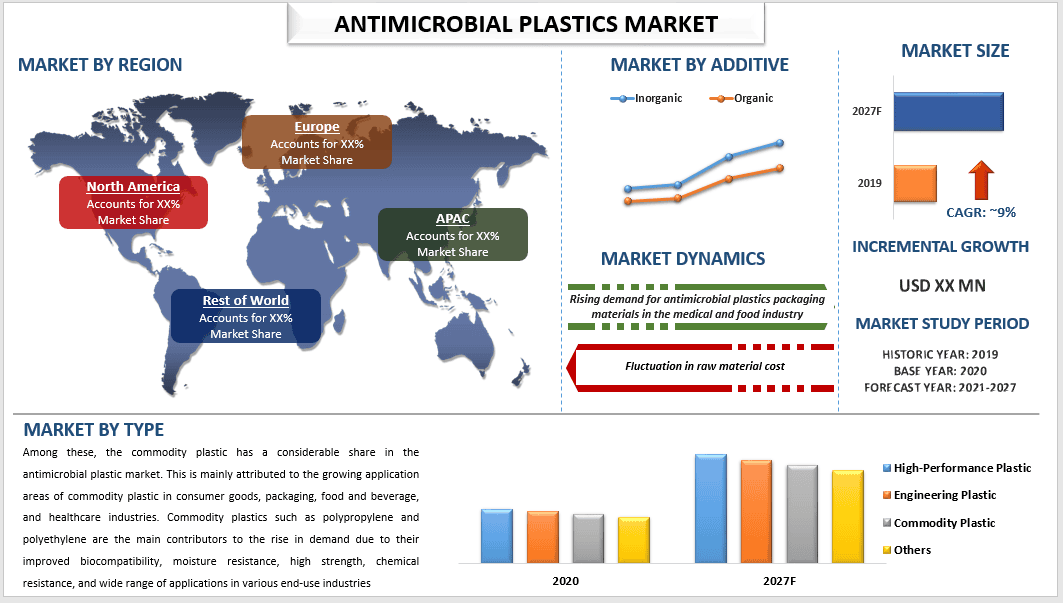
The global antimicrobial plastics market is likely to showcase a growth of around 9% during the forecast period. Antimicrobial plastics are synthetic polymers material that contains consolidated and active ingredients that prevent microbial growth. These ingredients are known as antimicrobial additives. These plastics help in maintaining permanent hygiene by providing long-lasting protection against microorganisms such as algae, bacteria, and fungi. Globally, in light of COVID-19, several industries are witnessing a trend of increasing adoption of products that are not susceptible to microorganisms. Further, increasing consumer awareness regarding microorganism-resisting products has increased the demand for antimicrobial plastics. Antimicrobial plastics play an important role in the global healthcare industry as it helps in reducing the risk of healthcare-associated infections. The benefits of using these medical plastics are their long-lasting capacity, high performance & quality, and economical nature. Antimicrobial plastics mainly consist of many macromolecules to produce safe and consistent instruments in the healthcare industry. The major applications of antimicrobial plastics include medical equipment & tools, medical supplies, drug delivery, prostheses & implants, therapeutic systems, and others. Furthermore, the rising prevalence of infectious diseases and hospital-associated infections coupled with the rapidly growing applications in various sectors including automotive, food & beverages, construction, and many more. These aforementioned factors would fuel the demand for antimicrobial plastics.
Insights Presented in the Report
“Amongst additives, inorganic has a prominent share in the antimicrobial plastics market”
Based on additives, the market is categorized into inorganic and organic. Among these, inorganic has a prominent share in the antimicrobial plastics market as it is non-toxic, environmentally friendly, sustainable, non-volatile in nature, and has high thermal stability and excellent safety. Inorganic antimicrobial additives have widespread applications in the healthcare, packaging, and construction industries. Silver is a commonly used inorganic antimicrobial additive. Silver ion is the active ingredient in silver antimicrobials. It is permanent and has high thermal stability and can be integrated into a wide variety of polymers without altering the product exquisite.
“Amongst type, commodity plastic has a considerable share in the antimicrobial plastics market”
Based on type, the market is categorized into high-performance plastic, engineering plastic, commodity plastic, and others. Among these, the commodity plastic has a considerable share in the antimicrobial plastic market. This is mainly attributed to the growing application areas of commodity plastic in consumer goods, packaging, food and beverage, and healthcare industries. Commodity plastics such as polypropylene and polyethylene are the main contributors to the rise in demand due to their improved biocompatibility, moisture resistance, high strength, chemical resistance, and wide range of applications in various end-use industries. Further, the rising building & construction industry coupled with the rising population is estimated to drive the demand for the commodity plastic.
“Amongst end-user, healthcare has a significant share in the antimicrobial plastics market”
Based on end-user, the market is categorized into packaging, healthcare, consumer goods, electrical and electronics, automotive, building and construction, food and beverage, and others. Among these, healthcare has a significant share in the antimicrobial plastics market. This is mainly ascribed as antimicrobial plastics are utilized in hospitals, surgical facilities, and dental clinics for creating a protective coating on equipment as they are exposed to spread infections. Moreover, innovation in medical and healthcare applications such as the development of non-toxic surgical & medical devices including catheters, cubicle curtains, beds, and dental implants would fuel the growth of the antimicrobial plastics market.
“Asia-Pacific has a considerable share in the global antimicrobial plastics market”
For a better understanding of the market adoption of antimicrobial plastics, the market is analyzed based on its worldwide presence in the countries such as North America (United States, Canada, Rest of North America), Europe (Germany, France, United Kingdom, Italy, Spain, and Rest of Europe), Asia-Pacific (China, Japan, India, Australia, and Rest of APAC), and Rest of World. Asia-Pacific has a significant share of the global antimicrobial plastics market and is expected to showcase substantial growth during the forecast period. This can be mainly attributed to its vast manufacturing industry coupled with strong regulations set by the regional governments to use antimicrobial plastics in the healthcare sector. Further, growing awareness regarding the benefits of antimicrobial products among the regional population is fueling the demand for antimicrobial plastics in the region. In addition, rising consumer disposable incomes in nations such as India, China, and others would result in higher adoption of modern healthcare practices. This would increase the demand for antimicrobial plastics in the region.
Reasons to buy this report:
- The study includes market sizing and forecasting analysis validated by authenticated key industry experts
- The report presents a quick review of overall industry performance at one glance
- The report covers an in-depth analysis of prominent industry peers with a primary focus on key business financials, product portfolio, expansion strategies, and recent developments
- Detailed examination of drivers, restraints, key trends, and opportunities prevailing in the industry
- The study comprehensively covers the market across different segments
- Deep dive country-level analysis of the industry
Customization Options:
The global antimicrobial plastics market can further be customized as per the requirement or any other market segment. Besides this, UMI understands that you may have your own business needs, hence feel free to connect with us to get a report that completely suits your requirements.
Table of Contents
1. Market Introduction
- Market Definitions
- Limitation
- Stake Holders
- Currency used in Report
2. Research Methodology Or Assumption
- Research Process of the Antimicrobial Plastics Market
- Research Methodology of the Antimicrobial Plastics Market
- Forecasting Method
- Respondent Profile
- Main Objective of the Antimicrobial Plastics Market Study
3. Market Synopsis
- Market Synopsis
4. Executive Summary
- Executive Summary
5. Global Antimicrobial Plastics Market Covid-19 Impact
- Global Antimicrobial Plastics Market Covid-19 Impact
6. Global Antimicrobial Plastics Market Revenue (usd Mn), 2019-2027f
- Global Antimicrobial Plastics Market Revenue (usd Mn), 2019-2027f
7. Market Insights By Additive
- Inorganic
- Organic
8. Market Insights By Type
- High-Performance Plastic
- Engineering Plastic
- Commodity Plastic
- Others
9. Market Insights By End-user
- Packaging
- Healthcare
- Consumer Goods
- Electrical and Electronics
- Automotive
- Building and Construction
- Food and Beverage
- Others
10. Market Insights By Region
- North America Antimicrobial Plastics Market
- United States
- Canada
- Rest of North America
- Europe Antimicrobial Plastics Market
- Germany
- France
- United Kingdom
- Italy
- Spain
- Rest of Europe
- Asia Pacific Antimicrobial Plastics Market
- China
- Japan
- India
- Australia
- Rest of Asia Pacific
- Rest of the World Antimicrobial Plastics Market
- North America Antimicrobial Plastics Market
11. Antimicrobial Plastics Market Dynamics
- Market Drivers
- Market Challenges
- Impact Analysis
12. Antimicrobial Plastics Market Opportunities
- Antimicrobial Plastics Market Opportunities
13. Antimicrobial Plastics Market Trends
- Antimicrobial Plastics Market Trends
14. Legal & Regulatory Framework
- Legal & Regulatory Framework
15. Demand And Supply-side Analysis
- Demand Side Analysis
- Supply Side Analysis
- Top Product Launches
- Top Business Partnerships
- Top Business Expansions, Investments, and Divestitures
- Top Merger and Acquisitions
16. Value Chain Analysis
- Value Chain Analysis
17. Competitive Scenario
- Porters Fiver Forces Analysis
- Bargaining Power of Buyer
- Bargaining Power of Supplier
- Intensity of Rivalry
- Threats of New Entrant
- Threat of Substitute
- Porters Fiver Forces Analysis
18. Company Profiled
- BASF SE
- Avient Corporation
- Valtris Specialty Chemicals.
- Parx Materials N.V.
- Microban International Ltd.
- King Plastic Corporation
- Milliken & Company
- Lonza Group Ltd.
- Advanced Plastiform Inc
- Condale Plastics Ltd.
19. Disclaimer
- Disclaimer
Research Methodology for Antimicrobial Plastics Market Analysis (2019-2027)
Analyzing the historical market, estimating the current market, and forecasting the future market of antimicrobial plastics, three major steps are undertaken to create and analyze its adoption across the globe. Exhaustive secondary research was conducted to collect the historical market numbers and estimate the current market size. Secondly, to validate these insights, numerous findings and assumptions were taken into consideration. Moreover, exhaustive primary interviews were also conducted, with industry experts across the value chain of the antimicrobial plastics industry. Post assumption and validation of market numbers through primary interviews, we employed a bottom-up approach to forecast the complete market size. Thereafter, market breakdown and data triangulation methods were adopted to estimate and analyze the market size of segments and sub-segments of the industry pertains to. Detailed methodology is explained below:
Seek More Details About Research Methodology
Analysis of Historical Market Size
Step 1: In-Depth Study of Secondary Sources:
Detail secondary study was conducted to obtain the historical market size of antimicrobial plastics through company internal sources such as annual reports & financial statements, performance presentations, press releases, etc., and external sources including journals, news & articles, government publications, competitor publications, sector reports, third-party database, and other credible publications.
Step 2: Market Segmentation:
After obtaining the historical market size of the antimicrobial plastics market, we conducted a detailed secondary analysis to gather current market insights and share for different segments & sub-segments for major regions. The major segment is included in the report by additive, type, and end-user. Further regional and country-level analyses were conducted to evaluate the overall adoption of antimicrobial plastics globally.
Step 3: Factor Analysis:
After acquiring the historical market size of different segments and sub-segments, we conducted a detailed factor analysis to estimate the current market size of antimicrobial plastics. Further, we conducted factor analysis using dependent and independent variables such as increasing adoption of eco-friendly products, and rising demand from the food packaging industry and agriculture sector. A thorough analysis was conducted for demand and supply-side scenarios considering an increasing investment, top partnerships, mergers and acquisitions, business expansion, and product launches in the antimicrobial plastics industry.
Current Market Size Estimate & Forecast
Current Market Sizing: Based on actionable insights from the above 3 steps, we arrived at the current market size, key players in the global antimicrobial plastics market, and market shares of each segment. All the required percentage shares split, and market breakdowns were determined using the above-mentioned secondary approach and were verified through primary interviews.
Estimation & Forecasting: For market estimation and forecast, weights were assigned to different factors including drivers & trends, restraints, and opportunities available for the stakeholders. After analyzing these factors, relevant forecasting techniques i.e., the bottom-up approach were applied to arrive at the market forecast to 2027 for different segments and subsegments across the major regions globally. The research methodology adopted to estimate the market size encompasses:
- The industry’s market size, in terms of value (US$) and the adoption rate of antimicrobial plastics across the major markets
- All percentage shares, splits, and breakdowns of market segments and sub-segments
- Key players in the antimicrobial plastics market. Also, the growth strategies adopted by these players to compete in the fast-growing market
Market Size and Share Validation
Primary Research: In-depth interviews were conducted with the Key Opinion Leaders (KOLs) including Top Level Executives (CXO/VPs, Sales Head, Marketing Head, Operational Head, Regional Head, Country Head, etc.) across major regions. Primary research findings were then summarized, and statistical analysis was performed to prove the stated hypothesis. Inputs from primary research were consolidated with secondary findings, hence turning information into actionable insights.
Split of Primary Participants by Stakeholders and Regions
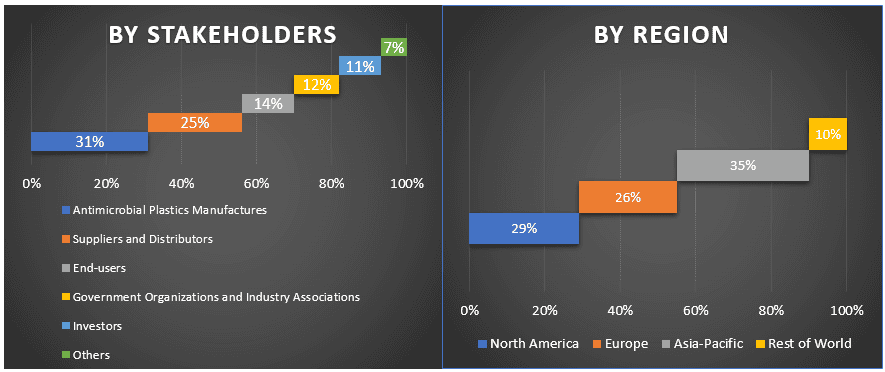
Market Engineering
The data triangulation technique was employed to complete the overall market estimation and to arrive at precise statistical numbers for each segment and sub-segment of the global antimicrobial plastics market. Data was split into several segments & sub-segments post studying various parameters and trends in the area of additive, type, and end-user.
The main objective of the antimicrobial plastics market study
The current & future market trends of global antimicrobial plastics were pinpointed in the study. Investors can gain strategic insights to base their discretion for investments on the qualitative and quantitative analysis performed in the study. Current and future market trends would determine the overall attractiveness of the market at a country level, providing a platform for the industrial participant to exploit the untapped market to benefit as a first-mover advantage. Other quantitative goals of the studies include:
- Analyze the current and forecast market size of antimicrobial plastics in terms of value (US$). Also, analyze the current and forecast market size of different segments and sub-segments
- Segments in the study include the area of additive, type, and end-user
- Defined analysis of the regulatory framework for the antimicrobial plastics industry
- Analyze the value chain involved with the presence of various intermediaries, along with analyzing customer and competitor behaviors of the industry
- Analyze the current and forecast market size of antimicrobial plastics for the major countries
- Major regions/countries analyzed in the report include North America (United States, Canada, Rest of North America), Europe (Germany, France, United Kingdom, Italy, Spain, Rest of Europe), Asia-Pacific (China, Japan, India, Australia, Rest of Asia-Pacific), and Rest of World
- Company profiles of the antimicrobial plastics market players and the growth strategies adopted by them to sustain the growing market
Deep dive country-level analysis of the industry
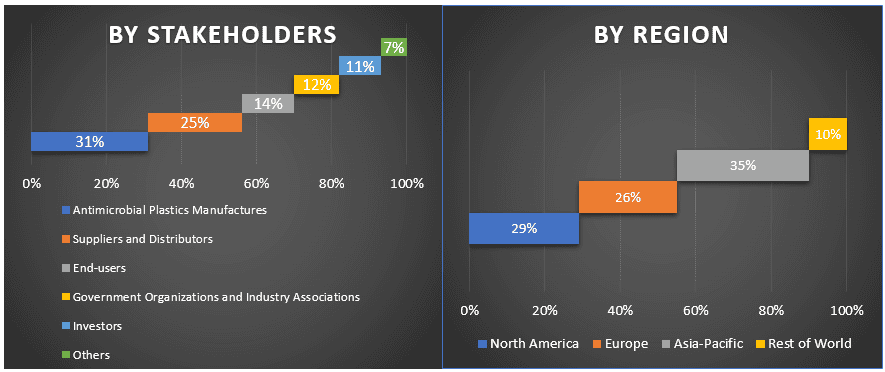
You can also purchase parts of this report. Do you want to check out a section wise price list?
Related Reports
Customers who bought this item also bought



